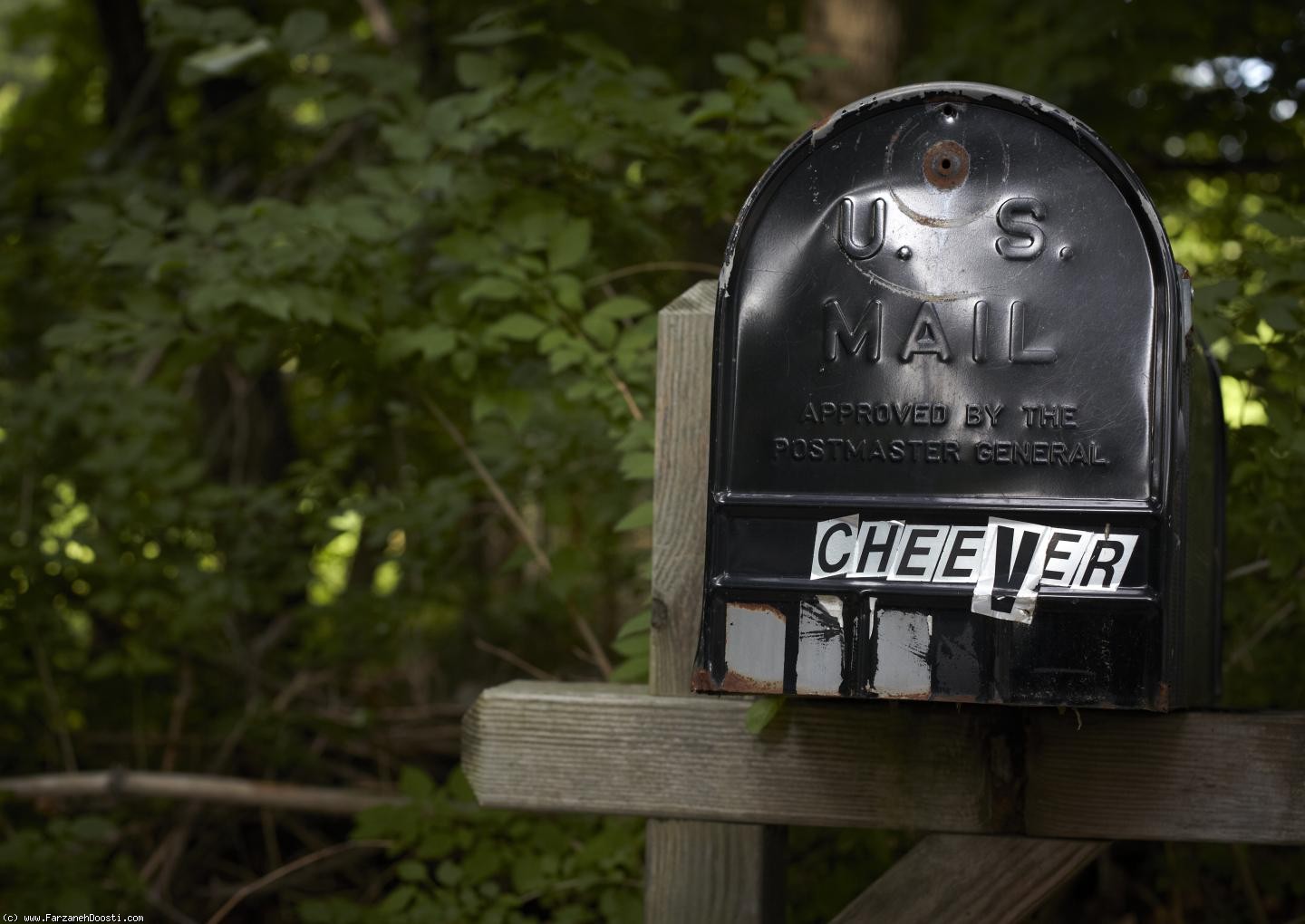
Abstract
The backlash of recent biographies of the American “Chekhov of Suburbs” as an ill-tempered alcoholic bisexual with sharp edges of paranoia might serve to justify Cheever’s clumsy, fragmented narratives of grumpy middle class American male commuters who are about to drown in their matrimonial abyss. The present paper’s approach is, however, to avoid psychobiography in favor of stylistic defense. Not quite as psychologically neurotic a writer as what the mainstream biographers have claimed, Cheever mastered the architectural design of fiction. An examination of a number of these short stories (excluding his longer novels in which fragmentation is an undeniable weakness) lays bare a kind of spatial consciousness: the Bachelardian notion of topoanalysis as the dominant technique. Whereas the public and private boundaries are naturally trespassed in many stories,…
Studies in Literature and Language, vol. 15, iss. 5, 2017, pp. 21-26. DOI:10.3968/9984
Leave a Reply